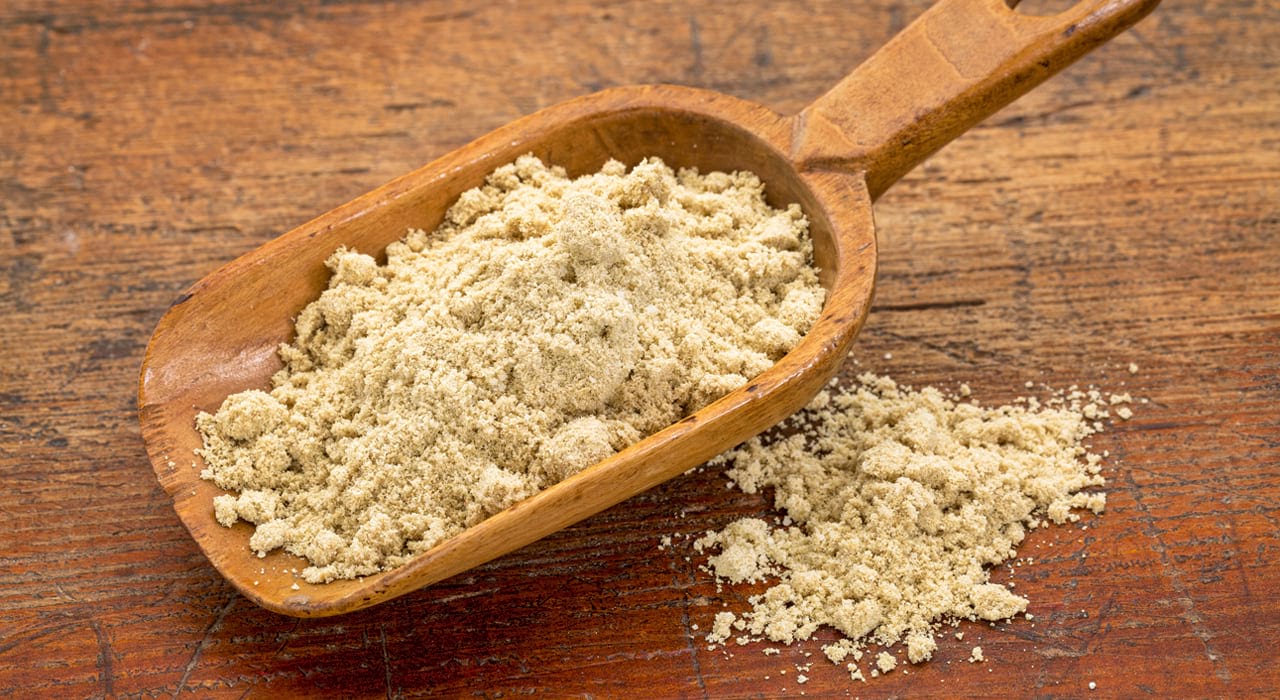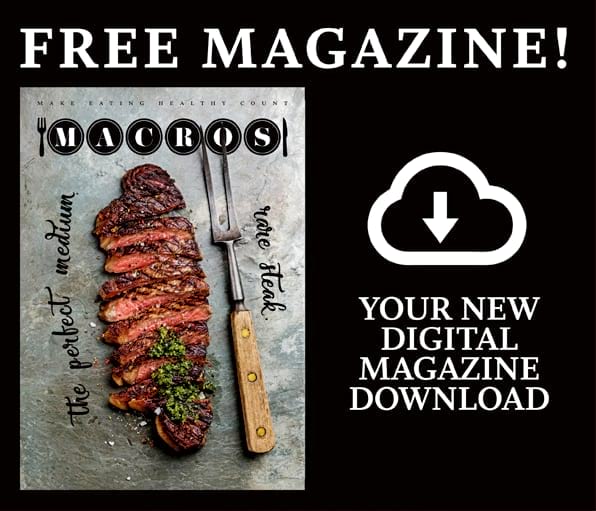By Harriet Mallinson | Published on June 2, 2017
We’ve all heard of rice and we all know about bran, but new research has revealed that rice bran, the outer covering of the rice grain, could be an untapped superfood.
Scientists have proved that these husks have high nutritional value and are a rich source of proteins, fats, minerals and micronutrients such as B vitamins.
Normally rice bran is removed from whole grain rice during processing and used as animal feed, but, according to a study published by researchers at Colorado State University, it could have benefits for human health and nutrition.
Professor Elizabeth Ryan, the author of the study published in Rice, said: “A single serving of rice bran – 28 grams according to USDA – delivers more than half of a person’s daily requirements of important vitamins such as thiamine, niacin and vitamin B6.â€
Rice is a staple food for roughly 70% of the world’s population and over 600 million tons of the stuff is harvested every year across the globe. However, 60 million tons of bran are thrown away.
Professor Ryan explained: “Traditionally, rice bran is thought to be a cheap fiber source and only considered useful as a source of lipids, for example as cooking oil. It has not been used much in human health and nutrition because it is considered an animal feed but its high nutritional value warrants greater public health attention.”
– RELATED: Beetroot Juice: The Unlikely Time Machine –
The researchers used a sophisticated approach called food metabolomics, or “Foodomics” to identify and measure the abundance of many different molecules present in a food.
Assessing three US rice varieties, the researchers found 453 metabolites, including 65 that had been shown to have potential medicinal and health promoting attributes and 16 that had not been reported for rice bran before.
Moreover, some of the compounds identified in rice bran had been shown in previous studies to have anti-inflammatory, anti-microbial and anti-hypertensive properties, among others.
Rice bran also has a protein content of 12-15% that deserves attention as it could help tackle nutrition shortages that are a major global health concern.
Professor Ryan said: “Rice is an essential staple food for more than half of the world’s population. It is grown in more than 100 countries. Rice bran as a food ingredient could deliver more than 400 individual compounds when consumed and it is likely that many of them function in a teamwork manner to deliver health benefits.”
Rice bran is already available on the market as an alternative to normal wheat and oats but it could well be used in smoothies, added to cereals or baked in bread or cakes.
Harriet is Editor of MACROS and perfectly capable of eating an entire log of goat’s cheese in one sitting.

